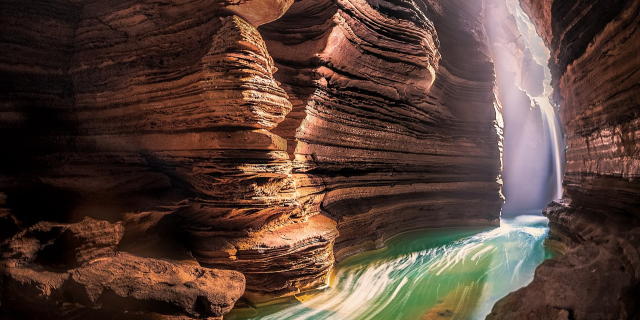Muktinath
Muktinath is a Vishnu temple, sacred to both Hindus and Buddhists, located in the Muktinath Valley at the foot of the Thorong La mountain pass in Mustang, Nepal. It is one of the world's highest temples (3,800 m). In Hinduism, it is one of the 108 Divya Desams and the only Divya Desam located outside India. But Muktinath was considered a temple of the purely Buddhist deity Avalokiteshvara until the middle of the eighteenth century. After Jumli Raja occupied Mustang's Thini, he encroached on the same Buddhist shrine and worshiped his idol. After King Malebamba sat on the throne of Parbat, Jumla was taken with his help and it was again considered as the temple of Avalokiteshvara. Muktinath was finally Hinduized after Bahadur Shah even waved Mustang. It is also known as Mukti Kshetra, which literally means the 'liberation arena' (moksha) and is one of the Char Dham in Nepal.
...Read more
Muktinath is a Vishnu temple, sacred to both Hindus and Buddhists, located in the Muktinath Valley at the foot of the Thorong La mountain pass in Mustang, Nepal. It is one of the world's highest temples (3,800 m). In Hinduism, it is one of the 108 Divya Desams and the only Divya Desam located outside India. But Muktinath was considered a temple of the purely Buddhist deity Avalokiteshvara until the middle of the eighteenth century. After Jumli Raja occupied Mustang's Thini, he encroached on the same Buddhist shrine and worshiped his idol. After King Malebamba sat on the throne of Parbat, Jumla was taken with his help and it was again considered as the temple of Avalokiteshvara. Muktinath was finally Hinduized after Bahadur Shah even waved Mustang. It is also known as Mukti Kshetra, which literally means the 'liberation arena' (moksha) and is one of the Char Dham in Nepal.
This temple is considered to be the 106th of the 108 Divya Desam and is considered sacred by the Sri Vaishnava sect. Its ancient name in Sri Vaishnava literature is Tiru Shaligramam. The Gandaki river, which flows nearby, is considered to be the only source of the shaligrama shila, the non-anthropomorphic representation of Vishnu.
Buddhists call it Chumig Gyatsa, which in Tibetan means "Hundred Waters". For Tibetan Buddhists, Muktinath is an important place for dakinis, goddesses known as Sky Dancers, and one of the 24 Tantric places. They understand the murti to be a manifestation of Avalokiteśvara, who embodies the compassion of all Buddhas.
The site is close to the village of Ranipauwa, which is sometimes mistakenly called Muktinath.





































Add new comment